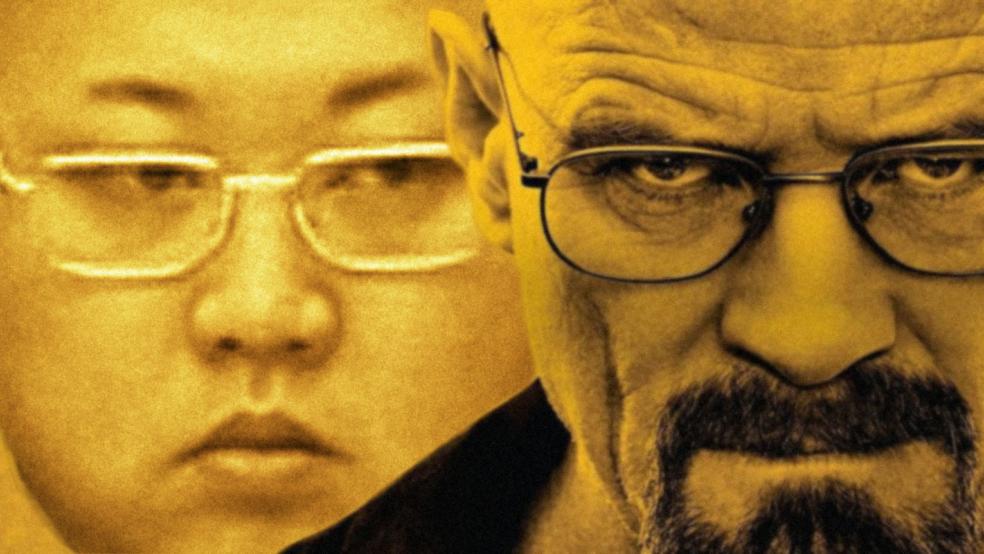We already know that North Korea has nuclear weapons, an insecure and possibly unstable leader, and a habit of lashing out with borderline-insane threats whenever it feels threatened. Now it has a crystal meth crisis. This can’t end well.
The recent admission of a British citizen that he had participated in a plan to move 100 kilograms of high-purity crystal methamphetamine from the hermit kingdom of North Korea to the U.S. raises all sorts of questions. But for most people, the first one that pops up is, “Wait, North Korea has a crystal meth problem?”
Related: The Situation on the North Korean Peninsula Is Worse than You Realize
It turns out it does, and it’s pretty serious. According to reporting done by a number of international news organizations, the movement of crystal meth over the country’s northern border and into China reached epidemic levels earlier this year, causing a brutal crackdown by the government on one of the very few elements of the nation’s economy that the government doesn’t control.
The official response was not widely advertised, no doubt because the official line out of leader Kim Jong Un’s government is that there is absolutely no drug use in North Korea.
Reports in South Korean media, however, relying largely on the stories of defectors, tell a very different story. In a country where food is often scarce, crystal meth has in recent years become so abundant that a serious addiction problem has taken hold.
The crackdown is a recent phenomenon, but the production of crystal meth in North Korea has been known, if not widely discussed, for years. Last year, Vice News highlighted the country’s struggle with the problem, which apparently emerged from the government’s attempt to find new ways of raising funds in the wake of the collapse of the Soviet Union.
Related: Tensions Rise as North and South Korea Trade Fire
The Vice report relied heavily on a study by Dr. Sheena Chestnut Greitens, a Senior Fellow at the Center for East Asia Policy Studies at the Brookings Institution and an Academy Scholar at Harvard University’s Academy for International and Area Studies. The report, Illicit: North Korea’s Evolving Operations to Earn Hard Currency, was sponsored by the Washington-based Committee on Human Rights for North Korea.
Among other things, Greitens presents evidence suggesting that the production of crystal meth, as well as heroin, was originally directed by the North Korean government and conducted in government-run facilities. Over the space of decades, North Korea became notorious in the diplomatic community for sending abroad “diplomats” who would use their privileged legal status to smuggle contraband across borders. In later years, according to Greitens, the drugs began moving through connections with organized crime syndicates from outside the country.
However, the problem with state-directed industrial-sized manufacture of illegal drugs is that it requires a substantial number of people trained by the state to make the drugs to bring that knowledge home with them and begin cooking meth in their own basements.
Related: North Korea Threatens Military Action If South Continues Loudspeaker Broadcasts
That is evidently what happened in North Korea, leading not just to addiction among the vast number of the country’s poor, but the adoption of crystal meth as a weight-loss aid by the country’s tiny minority of wealthy individuals.
It’s unclear how effective the crackdown will be, though the government’s near-complete control over the population creates the ironic possibility that a country so beset by problems that most advanced nations have largely conquered – like famine – might be able to conquer one that has bedeviled its more advanced neighbors: drug addiction.





